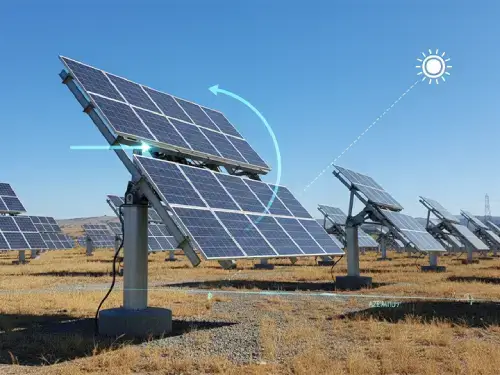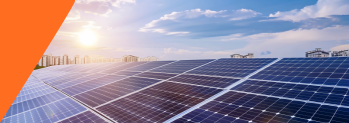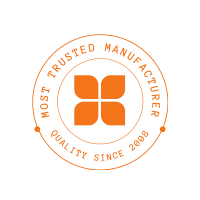As the world grows, the applications of Solar energy are increasing worldwide, and Dual-axis Solar tracking systems are proving particularly useful in enhancing their potential. These systems adjust solar panels according to the sun’s position during the day, thereby enhancing energy production. For residential or commercial purposes, knowing dual-axis solar systems will assist you in making better decisions in terms of solar investments.
Before we explore the idea of a dual-axis solar tracking system, let us first learn what they are.
What is a Dual-Axis Solar Tracking System
A dual-axis solar tracking system is an advanced system that adjusts solar panels according to the sun’s direction at all angles. They function on two different axes, primary (east-west) and secondary (north-south), which helps the tracker to follow the sun’s movement. Therefore, they are called “Dual-axis solar trackers”.
Unlike fixed solar panels, which remain stationary, dual-axis trackers ensure panels are always perpendicular to the sun’s rays, maximizing energy capture. This dual-movement functionality makes them highly efficient. Dual-axis trackers can generate up to 40% more electricity than stationary solar panels.
How It Differs from Single-Axis and Fixed-Tilt Systems
Dual-axis trackers are ideal for those prioritizing efficiency over initial cost, offering unmatched flexibility in capturing sunlight.
How a Dual-Axis Solar Tracker Works
Dual-axis trackers can rotate on both horizontal and vertical axes, which helps solar panels to position in any direction. With automated sensors and motors, the system adjusts the panel position in real-time. It rotates horizontally (east to west) each day to follow the sun’s path across the sky. Simultaneously, it tilts the panels vertically (up and down) to account for the changing height of the sun between seasons (higher in summer and lower in winter).
Dual-axis tracking works to keep panels aimed perpendicular to sunlight from any angle. This maximizes sunlight absorption and solar electricity generation. The advanced technology makes dual-axis trackers more complex and expensive than single-axis trackers. However, it still provides a better energy yield over fixed tilt or simpler single-axis trackers.
Benefits of Dual-Axis Solar Trackers
Dual-axis trackers are a top choice for high-efficiency solar projects, because they offer more advantages over fixed and single-axis systems like:
Where Dual-Axis Solar Trackers are Best
Dual-axis solar trackers are best suited for commercial, industrial, and utility-scale solar projects where maximizing energy output is a top priority. They are especially effective in areas with ample direct sunlight, limited land space, or irregular areas, such as hills or rocky surfaces. These systems are also ideal for off-grid locations or regions with unreliable power supply, where every additional unit of solar energy makes a difference. Due to their higher cost and maintenance needs, they are less commonly used for residential rooftops but are an excellent choice for projects that demand maximum efficiency and performance.


Dual-Axis V/S Single-Axis Trackers
Here are a few pros and cons of each type:
| Factor | Single-AxisTracker | Dual-AxisTracker |
|---|---|---|
| Cost | Lower initial investment | Higher upfront cost due to added components |
| Complexity | Simpler design with fewer moving parts | More complex design due to multi-axis movement |
| Performance | Moderate efficiency (follows sun east–west only) | Superior energy output (tracks sun from all angles) |
| Maintenance | Fewer moving parts = lower maintenance | Requires more care and servicing due to added mechanics |
| ROI Potential | Slower return on investment | Faster ROI comparatively |
Limitations of Dual-Axis Trackers
They come with certain drawbacks that should be considered before making a purchase decision:
FREE SOLAR EXPERT CONSULTATION
Conclusion
Dual-axis solar tracking systems offer an efficient way to boost energy production by continuously aligning panels with the sun’s position. While they require a higher investment and more maintenance than other systems, the long-term benefits often outweigh the costs.
They’re ideal for commercial, industrial, or utility-scale installations where maximizing output is a priority. For dependable solutions, explore providers like Alpex, known for delivering high-performance, durable solar tracking systems that help you get the most value from your investment.




